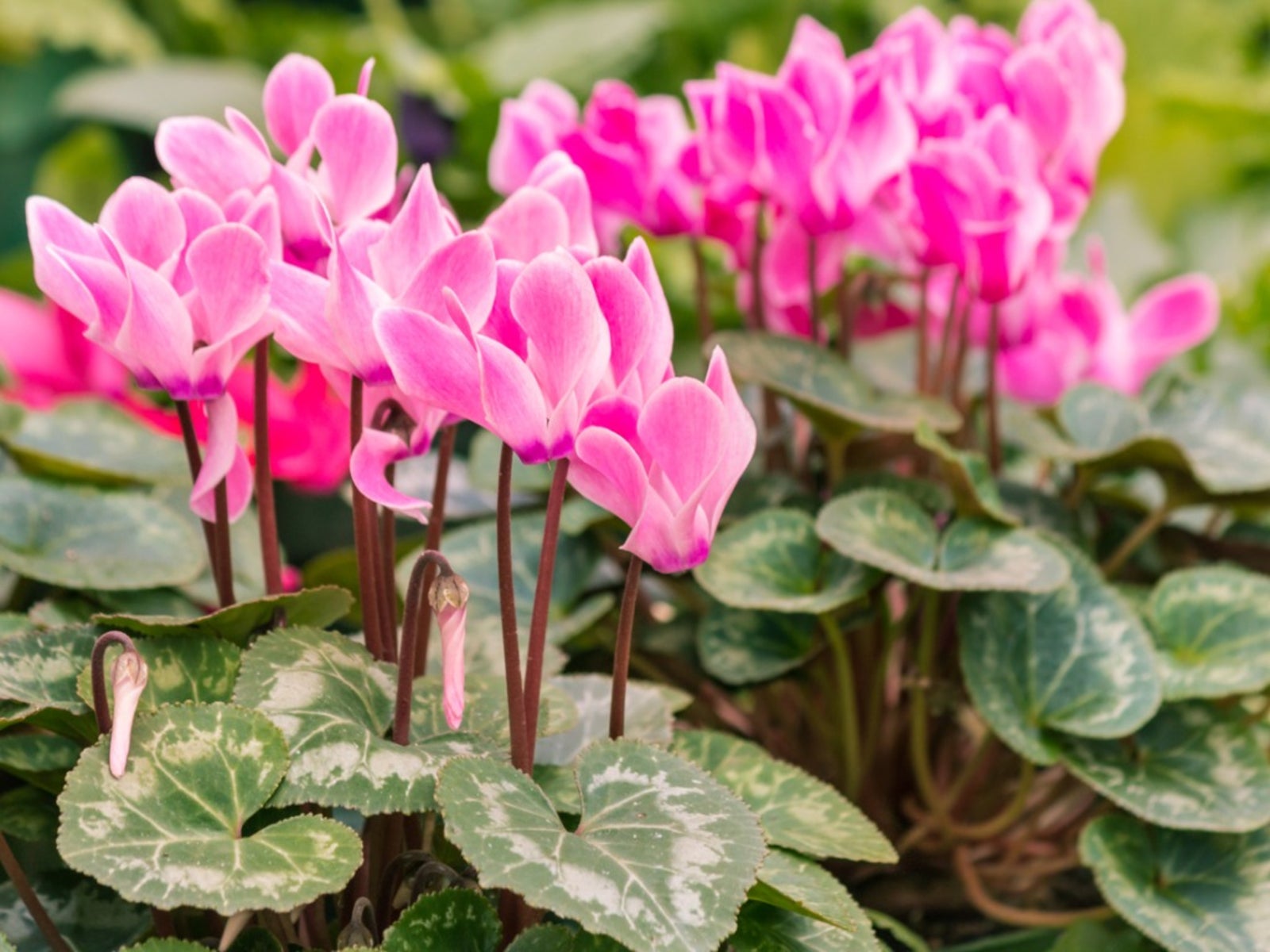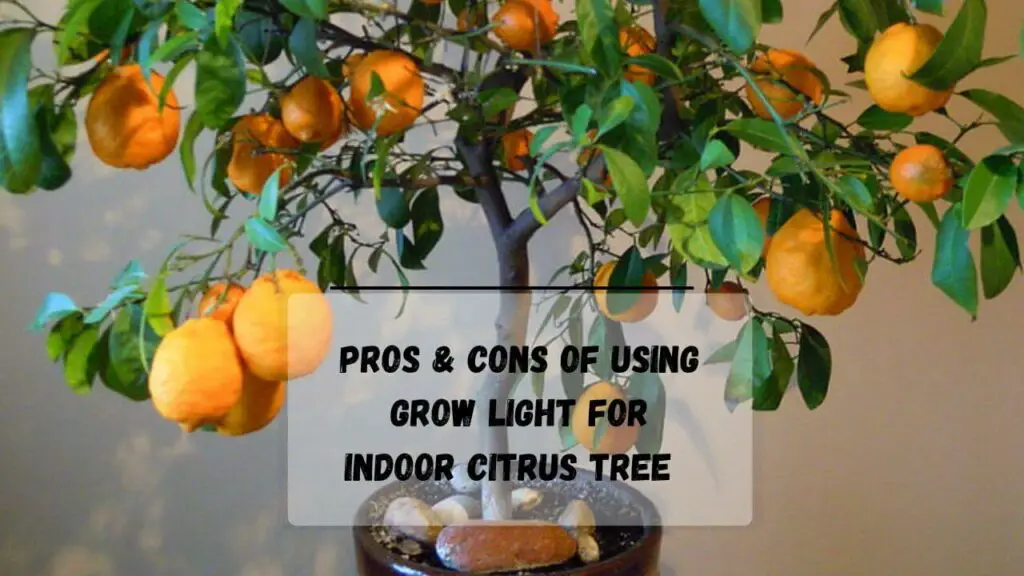Seasonal Care: Keep Your Cyclamen Thriving All Winter and Summer!

Cyclamen are the ultimate contrarians of the houseplant world—when most plants are peaking, they’re winding down, and when winter chills hit, that’s when they throw their biggest show. After a decade of rescuing “dead” cyclamens from neighbors and experimenting with both failures and unlikely comebacks, I’ve pieced together a strategy that you won’t find tucked away in your average care instructions.

Here’s what you really need to know if you want your cyclamen to not just survive—but actually thrive—through their seasons.
The Real Reason Cyclamen Are So Fussy (and Why Most Guides Miss It)
Most care guides parrot the usual: “Keep cool, water carefully.” But here’s what’s rarely said—cyclamens are genetically programmed for Mediterranean winters. Their tubers evolved under rocky outcrops where spring rain was fleeting and summers meant drought. When you try to pamper them like a fern or an orchid, they rebel.
The first time I overwintered a cyclamen on my living room table (a cozy 72°F/22°C thanks to baseboard heat), it dropped every bloom in two weeks flat. Only later did I learn that even small temperature spikes above 65°F (18°C) can trigger stress hormones in these plants—the botanical equivalent of jet lag.

Winter: Prime Time for Performance
Secret #1: Cyclamens Will Outperform If You Mimic Their Native Microclimate
-
Light: Forget generic “bright light” advice. Track your sun patterns room by room; east-facing exposures between 8 AM–11 AM give the best results. In December-February, I supplement with a low-wattage LED grow light angled at 45° for four hours each afternoon—this alone boosted my bloom count from 9 to 15 per plant last year.
-
Temperature: My ideal zone is 55–62°F (13–17°C). If all your rooms are warm, place the pot on a terra cotta tile near a drafty window. On frosty nights, crack that window slightly—yes, even if it feels counterintuitive! The bud stems stand up straighter and color intensifies noticeably within days.
-
Watering: Here’s where most go wrong. Instead of following schedules, use weight as your gauge: lift the pot after watering well (note how heavy it is), then only water again when it feels about half as light. I run this test every five days in winter; overwatering is the most common killer.
-
Humidity: Pebble trays work better than misting—which can cause fungal spotting on leaves. Aim for local humidity around 50–55%. If you see crisp edges on leaves, raise humidity slightly; if there’s fuzz or mold at soil level, drop it back down.
-
Fertilizer: Use a liquid feed at quarter-strength every fourth watering instead of monthly dosing—it provides steadier nutrients with less risk of salt buildup around sensitive tubers.
Anecdote: One January, after noticing flower stems drooping despite seemingly perfect care, I started measuring nighttime temperatures with an old fridge thermometer near the soil surface. Turns out heat was radiating up from my nearby dishwasher (!). Moving the plant three feet away led to perkier blooms within a week—a tiny tweak with outsized results.
Summer: Dormancy Isn’t Death—It’s Strategy
Secret #2: The Key Is Controlled Neglect

In late spring, as daylight stretches past 14 hours (for me in Boston that’s usually mid-May), cyclamens start prepping for their summer siesta:
-
Water Reduction: As soon as leaf tips yellow and lose turgor—even if only one or two—I halve watering frequency instantly. Once all foliage flops (usually by early June), I stop altogether except for a scant quarter-cup once every four weeks to prevent total desiccation.
-
Location Trick: The absolute best summer spot? Underneath a wooden deck or against an unheated north-facing basement wall where temps hover between 60–70°F (16–21°C) but never get soggy from rain splashback. Avoid plastic bags or sealed boxes—the tuber needs air circulation or mildew will win every time.
-
Handling Dormant Tubers: Don’t rush removal of spent leaves—they act as natural wicks drawing moisture away from the crown and minimize rot risk until they fall off easily with zero resistance.
Personal Lesson Learned: My worst mistake was storing dormant pots on top of an outdoor fridge one July—the metal surface cooked two tubers beyond saving (internal temp hit 92°F/33°C one afternoon). Now I always check microclimates with an infrared thermometer before declaring any spot “safe.”
Bringing Them Back: Timing Is Everything
Secret #3: Reactivate With Caution
Around late August or early September (watch nightly lows dip below 60°F/16°C), inspect for tiny nubs emerging from the soil surface:
- Move pots back into filtered morning sun.
- Begin watering lightly only once new growth appears—not before.
- First feeding should be extremely diluted; strong fertilizer now can burn baby roots.
- Repotting? Only do this right as new foliage emerges—not during deep dormancy nor full bloom—for minimal shock.
I track all my cyclamen transitions using Google Calendar reminders tied to local sunrise/sunset data—a bit obsessive perhaps, but since adopting this system my revival rate has gone from roughly 60% to almost perfect annually.

What About Mold? Or Sudden Leaf Loss?
Mold outbreaks usually mean airflow is stagnant during dormancy—or you watered too soon after dieback began. Remove visible mold with tweezed cotton swabs dipped in diluted hydrogen peroxide (3:1 ratio with water). Increase spacing between pots and skip saucers altogether during summer rest periods.
If all leaves vanish abruptly before expected dormancy timing:
- Inspect roots/tuber gently—if firm and pale inside when nicked lightly with a sterilized blade, odds are good for recovery.
- If mushy/darkened throughout: discard; don’t compost due to potential pathogens.
Cost & Tools Breakdown
For consistent success over years:
- Digital soil moisture probe ($12–$20)—saves countless guesswork
- Infrared thermometer gun ($15)—helps identify microclimate swings
- Terra cotta saucers ($2 each)—essential for bottom-watering
- Quart-size jug distilled water ($1/month)—prevents mineral crusts versus tap
Annual cost per plant hovers around $5–$8 if you already have basic supplies—and pays off handsomely come January bloom-time!

Final Perspective
Cyclamen aren’t about perfection—they’re about patience and precision honed through little experiments season after season. Every misstep teaches something new; my healthiest plant today sprouted after three failed attempts using conventional “houseplant wisdom.”
So next winter when friends grumble about lifeless windowsills while yours erupts in color despite snow outside—that’s when all those careful tweaks pay off tenfold.
Embrace their cycles; trust your senses more than routines; always adapt based on what you see rather than what any calendar says—and cyclamens will reward you year after year in ways few other indoor plants can match.



